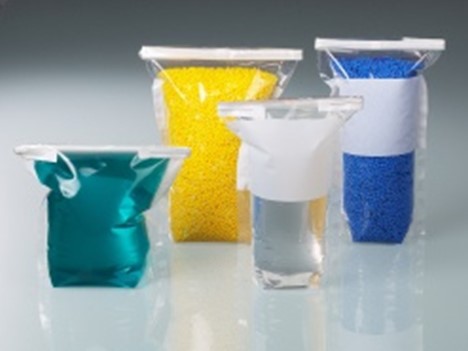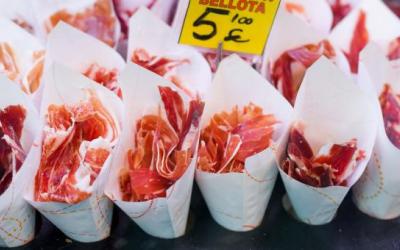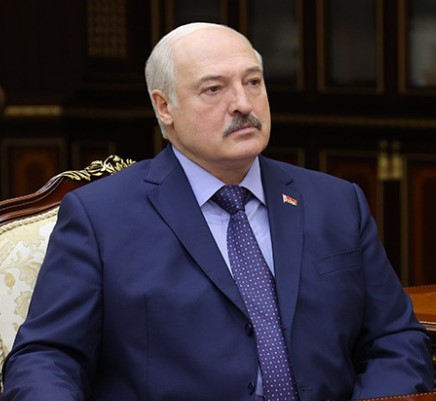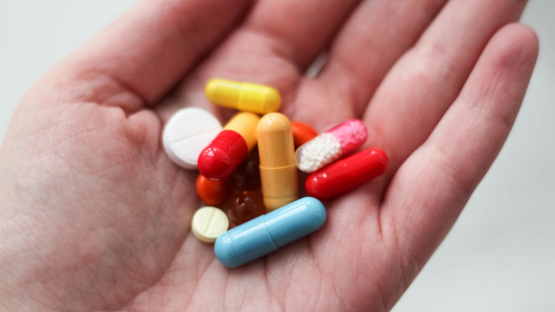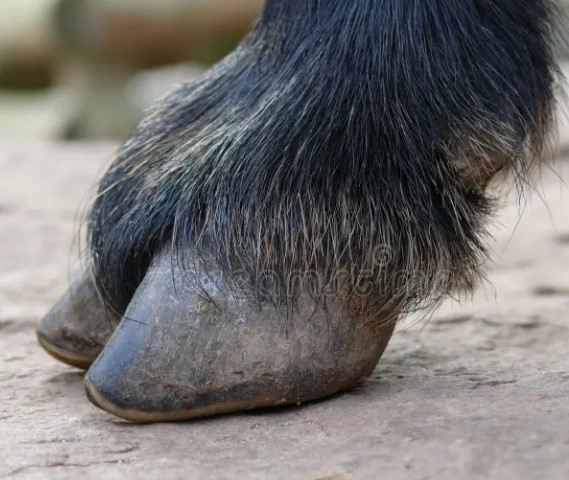The cost of egg production continues to rise. Profitability of enterprises falls due to price disparity

Despite the decrease in the cost of grain after the introduction of EXPORT duties, the costs of egg producers are increasing, both for feed and other inputs. However, the leading players do not reduce their production volumes.
Last year, the largest poultry farms maintained high egg production and even increased it. Thus, the market leader, Volzhanin (Yaroslavl region), produced about 1.5 billion eggs, which is comparable to the volume in 2019. This year the company plans to keep the figures at the same level. The Sinyavinskaya poultry farm (Leningrad region) produced 1.44 billion eggs in 2020, which is more than in 2019, when the volume amounted to 1.35 billion eggs. “We did not increase the capacity of the enterprise, the growth is due to the fact that we are constantly improving the productivity and safety indicators,” Artur Kholdoenko, general DIRECTOR of the poultry farm, explained to Agroinvestor. This year, the company expects to increase production to 1.46 billion eggs.
At the same time, the cost of production is growing every year, Kholdoenko notes. “Now, thanks to the introduction of an export duty on grain, its prices have really fallen, but other feed components — oil, oilcake, meal, amino acids, protein supplements, premixes — have increased in price, which compensated for the decline in grain prices,” he says. The packaging is also getting more expensive. Cardboard and cardboard containers, according to the HEAD of Sinyavinskaya, are already 48% more expensive than in November last year. “Moreover, we are promised a further rise in prices for cardboard. For film materials, prices have risen by 40% over the past three months, pallets have risen in price by 30% in the last quarter. Transport logistics costs increased by 12-15%. We don’t have any hope that the cost of egg production will decrease yet,” complains Kholdoenko.
The general director of Volzhanin, Lyudmila Kosteva, also notes an increase in the cost of resources used in production. “The weakening of the ruble, the pandemic and the fall in oil prices have led to an unprecedented increase in grain prices on the world market. Prices for Russian milling wheat reached a historic high. The price of meal, cake, sunflower oil continues to rise,” she commented to Agroinvestor. The rise in prices for corn as the main raw material in the production of amino acids immediately affected the cost of the amino acids themselves. Prices for some amino acids doubled in early 2021, according to the National Feed Union. The increase in the cost of raw materials was accompanied by an increase in prices for packaging materials: for various types of containers, according to Volzhanin specialists, it ranges from 35% to 50%.
Lyudmila Kosteva, General Director of the Volzhanin Poultry Farm
Against the background of a decrease in the purchasing power of the population, as well as an increase in prices for MEAT products, there is an increase in demand for eggs, when the consumer switches to animal protein at a more affordable price - that is, from meat to egg, and in the "egg" segment - to a cheaper category.
Kosteva adds that the most important reserve for regulating prices for socially important food products is the so-called trade margin, which retail trade adds to the producer's price. “Price disparity continues to persist for the main cost components — raw materials for feed production and prices for our products. The increase in egg producer prices, according to Rosstat, in 2020 compared to 2019 amounted to 4.3%. At the same time, grain has risen in price by more than 25%, cake and meal - by 55%, sunflower oil - by 75%, lysine - by 40%, methionine - by 20%, ”Kosteva lists.
There are no ways to optimize the cost price in the industry, comparable with the growth rate of raw materials costs. “Projected to fall in profitability due to disparity in prices for the main components of the cost and prices for chicken eggs. At the same time, many enterprises are implementing investment projects with the participation of bank funds, Kosteva emphasizes. “For timely payments on the principal debt, it is necessary to ensure a minimum level of profitability.” Therefore, strict administrative regulation of egg prices by the state, if it occurs, can lead to a sharp deterioration in the financial situation at individual enterprises, and as a result, to a decrease in production volumes, she warns.
“The support measures proposed by the government in terms of increasing the maximum volume of preferential short-term loans are likely to be ineffective due to the lack of sufficient margins for egg producers,” the head of Volzhanin believes. The only effective measures to support producers can be subsidies for part of the cost of production, she believes. “In the future, to curb price growth, it would be advisable to consider the possibility of creating a state reserve fund of raw materials,” adds Kosteva.
In early March, key industry players affiliated with the National Poultry Union agreed to contain the price of poultry and eggs in order to keep products affordable for consumers. At the same time, the industry is discussing the possible risks of price regulation by the state. According to Rosstat, for the week from March 10 to March 15, the price of chicken meat on average in the country rose by 1.6%, compared with December, the increase was 10.5%. Prices for eggs for the week increased by 0.9%, relative to December - by 4%. The Ministry of Agriculture has proposed a number of new measures that should maintain the financial stability of producers and stabilize prices for poultry meat and eggs. In particular, the department plans to increase the maximum limit on preferential short-term loans for poultry enterprises from 1 billion rubles. up to 1.5 billion rubles. per borrower
Read together with it:
- Парагвай: Экспорт субпродуктов является растущей отраслью и уже достиг 95,4 млн долларов СШАЭкспорт говяжьих субпродуктов в этом году значительно вырос. К концу августа выручка составила 95,4 млн долларов США по сравнению с 54,6 млн долларов США на тот же конец прошлого года. По данным SENACSA, в конце августа этого года было экспортировано 51 миллион килограммов мяса по сравнению с 33,7 миллиона килограммов на конец того же месяца прошлого года. Экспорт субпродуктов увеличился на 51,3%....
- Новые горизонты сотрудничества: Россия и Аргентина обсуждают совместный доступ на рынки продукции животного происхожденияОдной из ключевых тем конференции стал контроль за производством ветеринарных препаратов в Аргентине. Аргентинская сторона представила свою систему контроля, включающую Управление ветеринарных продуктов и Управление лабораторий животных. Эти организации обеспечивают высокие стандарты безопасности, так как каждая производственная единица подвергается проверкам каждые 3-5 лет и зарегистрирована в ин...
- С января по июль экспорт свинины из ЕС вырос на 1,6%На втором месте оказались Нидерланды с объёмом экспорта в 392 000 тонн. Дания экспортировала свинину в третьи страны с объёмом в 308 000 тонн, что примерно на 13% меньше, чем в предыдущем году. Германия экспортировала 180 000 тонн, что на 18% меньше, чем годом ранее. Это было обусловлено, главным образом, дополнительными ограничениями на экспорт, вызванными вспышкой ящура в начале года. Помимо зап...
- Московская область планирует нарастить мясное производство на 25% к 2030 годуВ Московской области более 100 предприятий уже выпускают около 305,000 тонн мяса, из которых значительная доля поступает от 19 ведущих производителей свинины и мяса птицы. Также в регионе реализуются два новых инвестиционных проекта: в Можайске строится утиная ферма на 125,000 птиц, а в Ступино — овцеводческое хозяйство на 11......
- С начала года Московская область увеличила экспорт свинины на 35% в стоимостном выраженииМосковская область продолжает укреплять позиции одного из ведущих экспортеров продукции агропромышленного комплекса в России. По итогам 9 месяцев с начала года регион нарастил экспорт свинины на 35% по стоимости. В натуральном выражении объем поставок составил 85 тысяч тонн, что на 17% больше, чем за аналогичный период прошлого года. В Министерстве сельского хозяйства и продовольствия Московской о...
- Беларусь и Алтайский край намерены увеличить биржевую торговлю сельхозпродукцией23 октября, Минск. Поставки белорусской мясомолочной продукции в Алтайский край и закупки зерна и семян для аграрного сектора Беларуси определены в качестве магистральных направлений сотрудничества в сфере электронной биржевой торговли. Такая договоренность достигнута по результатам встречи представителей Белорусской универсальной товарной биржи с делегацией деловых кругов Алтайского края, которая...
- Modernization of poultry farming in the Nizhny Novgorod region: new opportunities and production growthThe project, implemented under the regional preferential lending program, allowed the Russkoye Pole agricultural holding to invest 440 million rubles. Regional Agriculture Minister Nikolai Denisov reported that the organized sector produced 88,400 tons of poultry MEAT in 2024 , with an expected increase to 93,8......
- Proper insemination of cows: how genetic and physiological factors influence herd productivityGenetics plays a significant role in determining the reproductive fitness of bulls, and daughter pregnancy rates should be compared to accepted standards. If a farm's performance falls short of the baseline, using less-than-optimal bulls can still improve fertility. Cow physiology is also crucial for successful insemination. Feed quality, housing conditions, and veterinary care directly impact res...
- The EU imposed sanctions against Medvedev's aide and the HSE rector.The sanctions include AvtoVAZ CEO Maxim Sokolov, Medvedev aide Oleg Osipov, HSE Rector Nikita Anisimov, three children's ombudsmen, a North Korean general, and others. In total, the EU has added 21 individuals to the sanctions list .As part of its latest sanctions package, the European Union imposed restrictive measures against individuals, including AvtoVAZ CEO Maxim Sokolov, Assistant to Deputy ...
- Jobs, Musk, Bezos: How Business Gurus Make Meetings Less ExhaustingSteve Jobs once refused to attend a meeting with the US President because the attendee list was too long. Anna Yoshitsugu, Senior Strategy and Development Manager at Uber, explains how business gurus prevent meetings from "stealing" their time.Let's say you hold one meeting each week, it lasts two hours, and there are ten people in attendance, each with an average salary of 1......









